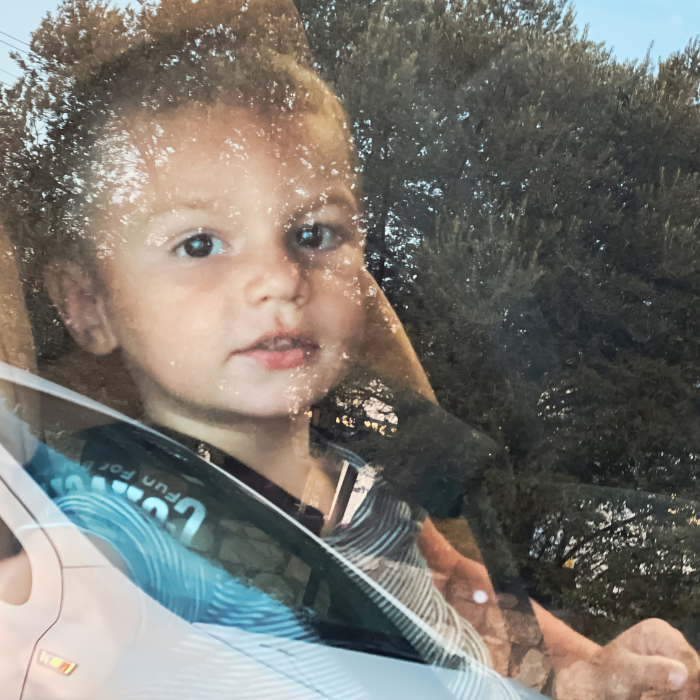
There are different trains of thought about the best way to correct or perfect your child’s smile. We shed some light on a few of the options.
what is orthodontics?
Say “orthodontist” and most parents go pale as they clutch their wallets – they are the ones who already know the definition of Orthodontist. But for the lucky few out there who don’t, orthodontics is the branch of dentistry that deals with straightening teeth and correcting misaligned bites.
Common orthodontic problems include crowding, too much space between the teeth, incorrect bite, extra or missing teeth; and such problems are usually are inherited, although sometimes may be caused by an accident or – and this is not a myth – by the baby/child sucking on its thumb.
why is it important?
Straightening crooked and crowded teeth that are hard to clean is only part of the picture. Ideally, teeth are straightened in conjunction with aligning the bite and maintaining the health of the jaw, while ensuring that the lines of the face and jaw are not compromised by the treatment. Improved self-esteem and confidence are also important reasons for you to see an Orthodontist.
when should you go?
As soon as you notice an irregularity in your child’s bite, and in fact some clinics now suggest starting at age 7–8.
what can we expect at the orthodontist?
The orthodontist might take x-rays of the teeth to show the position of the teeth and roots, and to reveal whether any teeth have yet to come through the gums. Special cephalometrics or panoramic x-rays can map the relationship of the teeth to the jaws and the jaws to the head. In addition, the orthodontist might take photographs of the child’s face to explore the relationship of the jaws to the head. Finally, the Orthodontist may make teeth impressions to determine whether treatment is needed, and if so, what kind.
types of braces
Once the Practitioner makes a diagnosis, they can recommend the best treatment for your child. There is no denying that orthodontics is a costly and lengthy process. However, the number of options available today makes the solutions a little more manageable on a budget. And we’re lucky here in New Zealand to have all the latest techniques available.
some of the options include:
Fixed metal braces are the most common. They consist of a small bracket that is glued to the front of each tooth. They may be stainless steel, titanium, or a combination of the two metals. Sometimes they can be gold-plated to prevent allergies. The braces consist of a metal bracket with a rubber band binding the wire with the metal brackets.
Invisalign is a treatment that uses invisible strong plastic trays that are custom fit to your mouth.
Clear braces function similarly to traditional metal brace. Their colouring blends in with the teeth, but they tend to be more brittle than metal braces. They can be traditional or self-ligating.
Lingual braces are fixed braces bonded to the back of the teeth, making them invisible to other people.
An advantage of fixed braces is that your child can eat and drink while wearing them. A disadvantage is that they must give up certain foods and eating habits for the duration of wearing braces. Furthermore, the braces have to be periodically adjusted by an orthodontist.
Other options and new concepts:
Progressive, removable aligners are used for less complex orthodontic cases. They help move teeth gradually without the need for wires or tightening. The braces are hardly noticeable but some orthodontists feel these aligners achieve inferior results.
Spring aligners are best for front teeth.
3D scanning is starting to replace impression taking, to make a model of the teeth. These scans can be used to make some appliances (e.g. invisalign aligners).
Computer-generated archwires which are bent robotically in the US after the orthodontist has taken a 3D scan or 3D x-ray.
Your orthodontist will discuss the options with you and recommend the best options for your child. In extreme instances, braces alone may not be sufficient and other treatments such as tooth extractions or jaw expansions may be offered.
Don’t hesitate to ask whether any particular treatment is absolutely necessary or just deemed a good idea.
i’ve heard about orthotropics? what is that?
Orthotropics is a non-mainstream alternative to orthodontics. Practitioners look at a patient with crowded teeth and do not believe that they have too many teeth; instead they consider that the jaw has not grown correctly, and direct the treatment to changing the shape and position of the jaw as this will then make room for all the adult teeth. Treatment needs to start early, around 8–9 years of age as it relies on facial growth guidance, or changing the mouth posture naturally through muscle strengthening exercises and discrete orthotropic appliances. Braces might also be needed, but for a shorter time period.
quick facts
Sometimes the first teeth, particularly the front ones, will start off skew. They may be too much to the back, or even twisted 90 degrees. Don’t panic. Give them 6–12 months to emerge fully and correct themselves before you consider seeking professional advice.
The dentist may refer your child to an orthodontist, but you don’t need a referral in order to see an orthodontist if you believe something is not right.
A dentist doesn’t have to be a qualified orthodontist in order to offer orthodontic treatment. If the qualification is important to you, check their credentials.
Orthodontics works well for adults, too.
the cost
Orthodontics is not government-funded. The New Zealand Association of Orthodontists advises: “Child, Youth and Family or your local District Health Board has full information on application and entitlements. Please note, however, that any subsidy paid by Government is generally required to be paid back.”
Neither Sovereign nor Southern Cross offer health insurance that covers orthodontics.
ACC may cover accident-related orthodontic treatments.
can’t afford it?
Check out www.orthodontists.org.nz/wishforasmile to see if you are eligible to apply for free orthodontic treatment from an NZAO member.
worrying questions
Q: How can I prepare my child for braces?
A: An Auckland mother advises: “We explained the benefits of braces to our daughter and at the same time worked hard at generally building her self-confidence and body image. As a mum, I think kids who feel positive about themselves and are part of a loving family can easily cope with braces and also cope better with their uniqueness. It’s not about avoiding these things; it’s about developing ways of getting through them together.”
Q: What if I can’t afford treatment now?
A: Shop around – sometimes the initial consultation is free. In addition, many orthodontists offer payment plans. Don’t be afraid to ask for discount, particularly if you have more than one child who needs orthodontic treatment.
Q: Is cleaning braces difficult?
A: Yes, but the older the child, the easier it gets. Essentially, in addition to brushing your teeth, you also need to brush around and under the braces. If you don’t, your teeth will decay, so in the long run, it’s much better to clean properly in the first place. Eating soft foods (mashed potatoes, cooked carrots) helps the brace hygiene.
[byline]
By Yvonne Eve Walus
[/byline]








